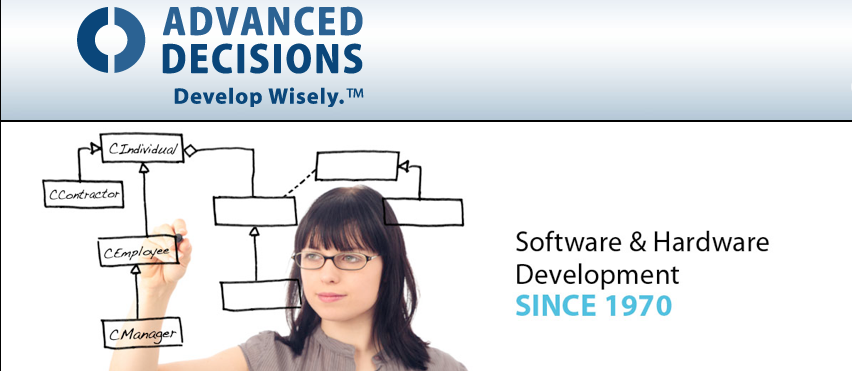One of the things I worry about is the lack of talented young people going into software development. I know when I’ve been looking for junior engineers, it’s been almost impossible to find them, so I’m always on the lookout for ways I can help promote Software Development, Engineering or other STEM careers among young people. I think it’s critically important to the future success of our country.
That’s why I was so intrigued when I read about Kodu Game Lab, then I remembered something about this in Randy Pausch’s Last Lecture (if you’re one of the very few people that have not seen this – it is a MUST SEE. Yes, it’s long, but years later, just thinking about it still brings tears to my eyes) - a tool, or game, or learning environment invented at Carnegie Mellon called Alice. Two seconds on Google, revealed that there were quite a few of these tools, (or games, or environments, or whatever you call them)
I think these tools (or games, or environments, or whatever you call them) are brilliant ideas, but I don’t hear about them being used too much. Has anyone out there had any experience or first hand knowledge with any of these?
